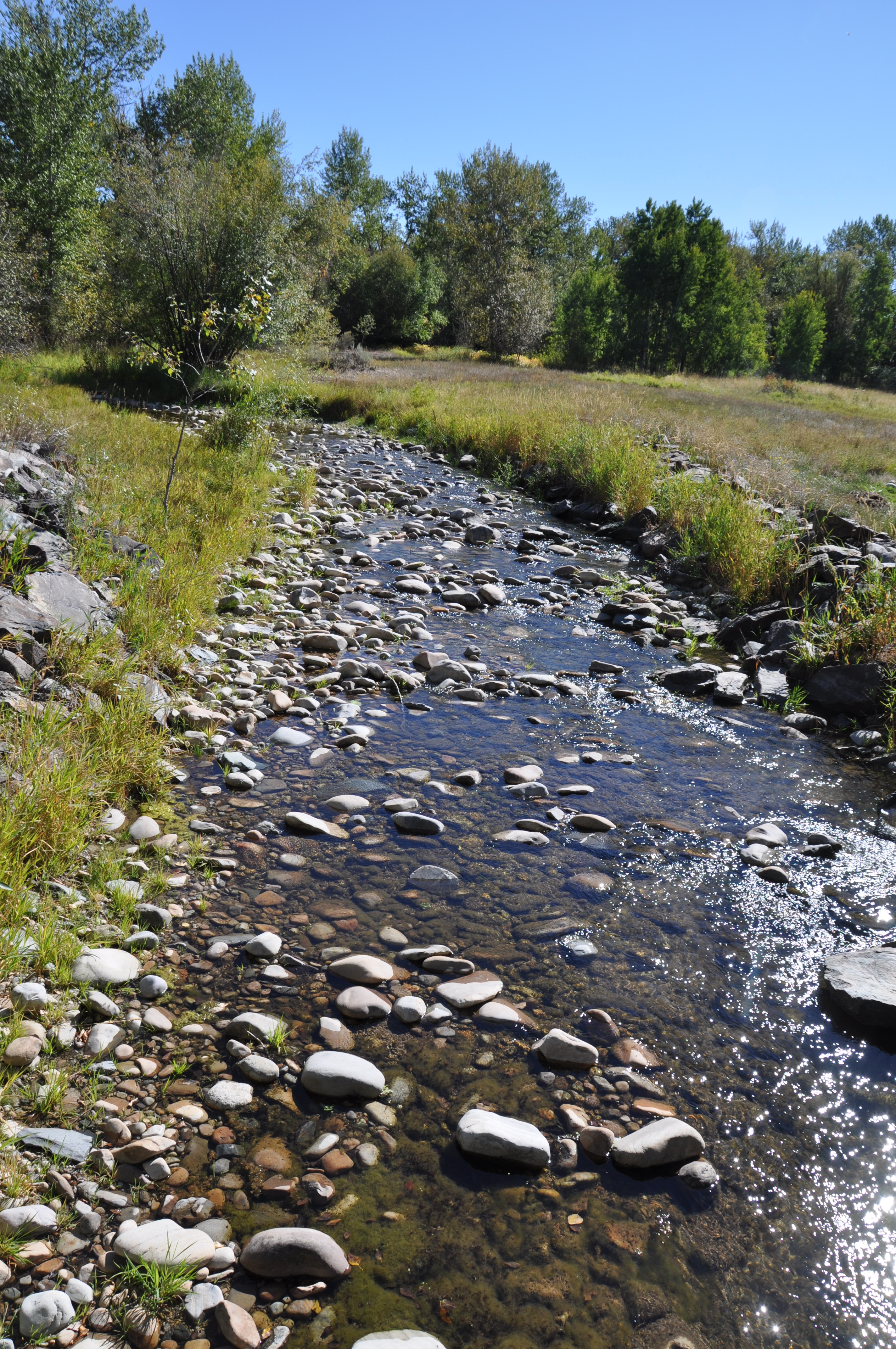Jan 28, 2016: At least 17 intensively monitored watersheds in the Northwest are beginning to provide detailed scientific insight into how investments in river and stream restoration can most effectively boost fish populations, according to a paper published this month in Fisheries, the monthly journal of the American Fisheries Society.
“This is the best method we have for understanding if restoration improves watershed scale productivity, how well it works, and how we can get better at it,” said Stephen Bennett, a research scientist at Utah State University and lead author of the paper that also includes authors from NOAA Fisheries and state fisheries agencies in California, Washington, Oregon, and Idaho.
Northwest salmon and steelhead have long suffered from habitat loss and degradation, and restoring that habitat is a key strategy for rebuilding their populations. Climate, ocean conditions, natural variability and other factors also influence their abundance, however, making it difficult to identify and quantify the specific contributions of habitat restoration.
Rivers and streams in IMWs are heavily outfitted with systems to track salmonids from fry to adults. Antennas buried in stream bottoms in some areas detect tiny electronic chips in fish each time they pass by, documenting how many use the restored habitat.
With this rich data set, scientists can discern the benefits of restoration by comparing the numbers to separate “control” streams without restoration. In areas of Asotin Creek in Washington, for instance, scientists have documented a 250 percent increase in numbers of juvenile fish with restored habitat compared to those without.
The new paper identifies the essential elements of intensively monitored watersheds, describes the challenges involved, and reports preliminary results from those already underway.
For more information on IMWs and snapshots of results from individual IMWs, visit
http://www.pnamp.org/imw/home

A creek in the Lemhi Subbasin, one of the Intensively Monitored Watersheds, where water transactions have added water for fish habitat.